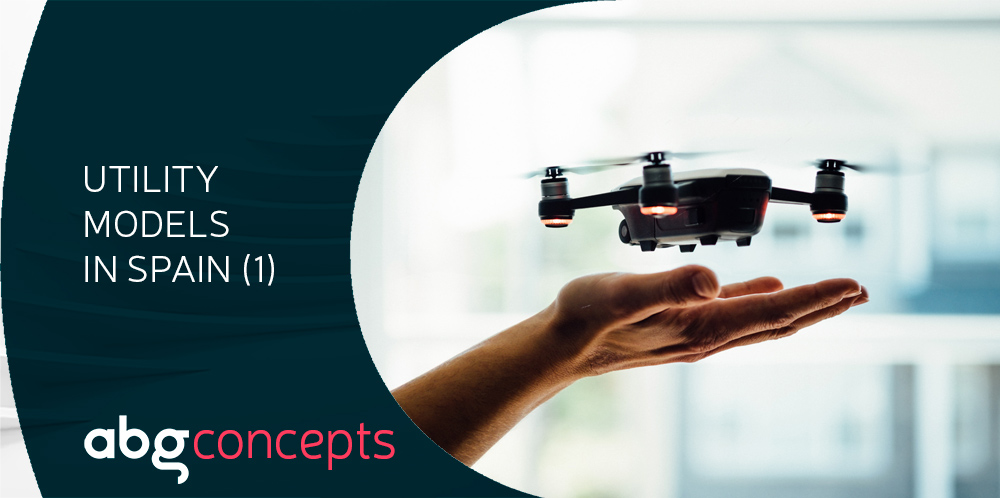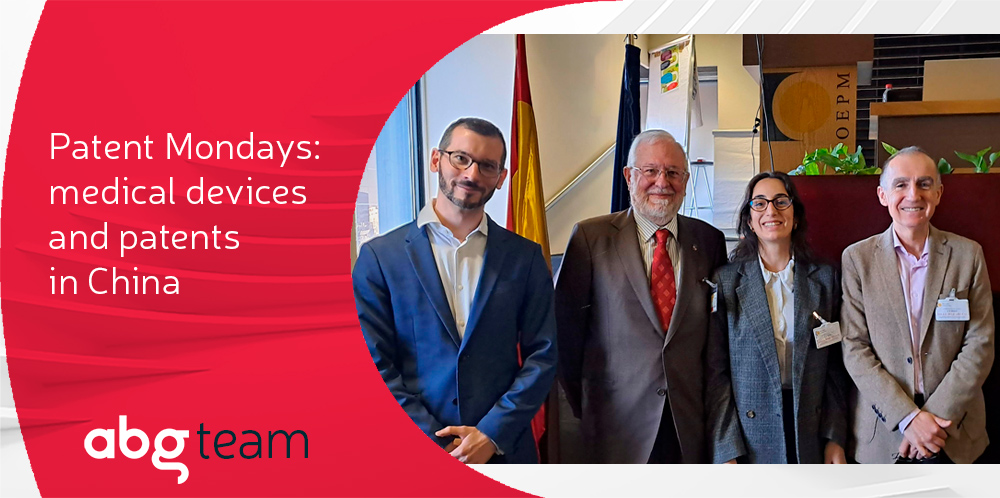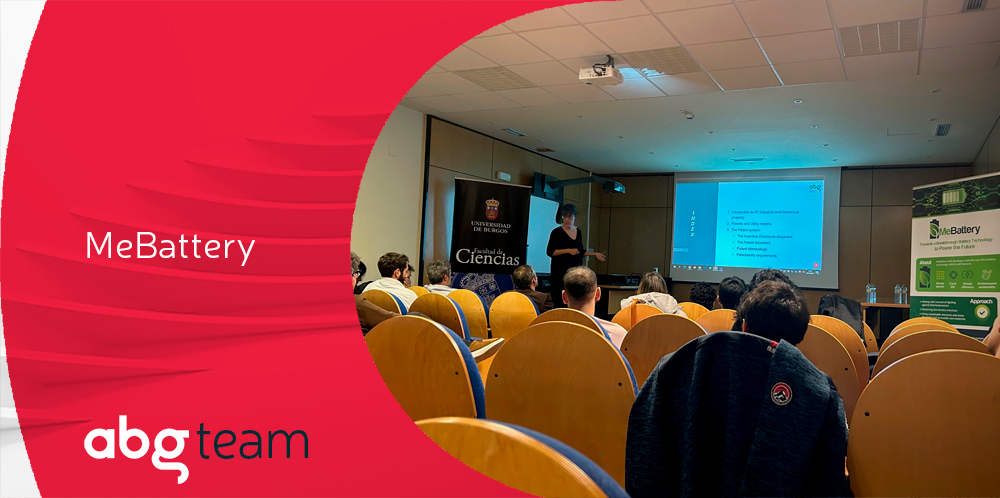What is a utility model?
If we talk about patents, trademarks or trade secrets, most people would be able to explain in a respectable way how they differ from each other, why it is essential to “patent” inventions and even name some famous cases such as Coca-Cola and the mop.
Other titles such as industrial designs and utility models are often left off the podium but still coexist with the latter in the same ecosystem of Intellectual Property rights to enrich it. Remember that each invention has its peculiarities and choosing the best-tailored Intellectual Property right to suit your needs, is essential when it comes to getting adequate protection.
Utility model: definition and duration
A utility model is an Intellectual Property title granted for the protection of an invention, that is a negative, temporary and territorial right. It is so similar to patents that both types are ruled by the same law in Spain (Law 24/2015, hereafter SPL), which is probably the reason for the confusion between them. In comparison with patents, a utility model is aimed at inventions with a lower level of inventiveness, for example, those consisting of giving an object or product a configuration or structure from which some practical utility or advantage can be derived.
Since its creation in Germany at the end of the 19th century, it continues to respond to the increasing demand of the industrial fabric formed by SMEs, workshops, or individuals in a way that suits their needs at the time and among other things, streamlines the process. Given the good results it achieves, the “usefulness” and “practicality” it has shown to the industry, it is not surprising that many companies with more classic protection strategies have taken an interest in it, in recent years to develop and strengthen their portfolio.
If it looks like a “simplified” patent, one might think that it will not confer the same rights as the patent itself. However, the definition given in Article 148(1) SPL leaves no room for doubt:
“Protection by utility model confers on the holder the same rights for an invention as does a patent”
But the catch is, in exchange for requiring a less inventive step, the duration of this protection is reduced by half, going from the classic 20 years conferred by patents to, in general, only 10 years for utility models.
For those inventions that must be subjected to tests or trials before they can be introduced to the market, their exploitation is normally deferred several years from the date of filing. In these cases, choosing this modality does not seem a suitable choice. Instead, for those technical fields with high technological rhythms or cycles where technology tends to mature quickly and become obsolete after a few years, this modality undoubtedly offers an ideal temporary coverage, which also speeds up and simplifies the prosecution, drastically reducing the time until grant.
What types of inventions can be protected by a utility model?
Although it has been mainly used in the field of mechanics and electronics, recent changes in Spanish patent law have opened the door to protect other types of inventions. Like patents, it is easier to talk about what is excluded from this modality and a more restricted interpretation of these exclusions must be used to know what has been left out.
Among others, these changes to the law have eliminated a classic requirement for utility models which was the obligation of “corporeity” in the protected object, now allowing not only the protection of objects but also of products characterised by their composition and which imply an advantage (Art. 137 SPL).
The following are excluded from the scope of protection of utility models:
- the processes,
- inventions aimed at biological matter, and
- pharmaceutical substances and compositions intended for use as a medicament in human or veterinary medicine.
In order to understand what is meant by “process” in Spain, we are fortunate to have extensive jurisprudence of the Supreme Court that has shed light on the difference between “process” and “product”, finally clarifying that a process would imply that an initial substance is transformed through a series of stages to a different final substance and, and thus three elements must always occur: something initial, stages, and something final. Furthermore, the German Federal Supreme Court (Decision 2004 GRUR 495) has also interpreted the term “process” in a very restrictive way, applying it in practice only to manufacturing processes. Clarification has already been included in the Examination Guidelines of the SPTO, although, it is still too early to establish a practice. It is hopeful and celebrated news that will allow us to protect as utility models inventions that in the past, under a more restrictive classical interpretation, would have had no place in this modality.
Regarding the inventions that fall under biological matter, by “biological matter” it should be understood as matter containing genetic information that is self-reproducing or reproducing in a biological sysem.
Finally, as mentioned, protection by utility model is only excluded for pharmaceutical products intended for the treatment of human or veterinary diseases. However, chemical products, intermediate products for the preparation of a pharmaceutical substance, medical devices (i.e., Med-tech) or products for personal care, such as dietetics or cosmetics could be protected.
For products obtained as a result of applying a method, the so-called “product-by-process”, there would be no incompatibility as they are per se product claims.
What about utility models in the field of telecommunications and ICT?
If we talk about hardware, e.g. a device as a physical and tangible element, the invention can be protected easily by a utility model if it falls into the product category. However, software can be understood as an execution of commands or instructions when it is loaded or implemented on a computer and therefore, would fall under the category of “process” or activity.
As the criteria for what is a process is very narrow, we must pay attention to how the claim is written. In certain cases, especially when there is an inherent link between the method and the apparatus or system that executes it, we can move away from this pure interpretation of process.
Advantages and disadvantages of utility models
Finally, as a prelude to a future article where we will deal with additional aspects of the utility model, here we provide a brief outline of the most outstanding differences of this modality in comparison with patents:
- the duration of protection is 10 years instead of 20 years.
- a patent must be examined in order to be granted, while the utility model is directly granted without substantive examination (unless opposition is filed).
- the inventive step required for a utility model is less than that required for a patent.
- the utility model is published and granted more quickly than the patent application.
- the utility model does not cover certain types of inventions.
Of these points, although a more agile prosecution may be seen as a bonus, it should be noted that an early publication can be detrimental to protect future developments made within the framework of the invention. All the embodiments added to the original utility model application (i.e. those that do not benefit from the priority of the previous application) shall be confronted with said early publication, for example, when assessing if they can be easily derived from the prior art, therefore weakening their inventive step.








